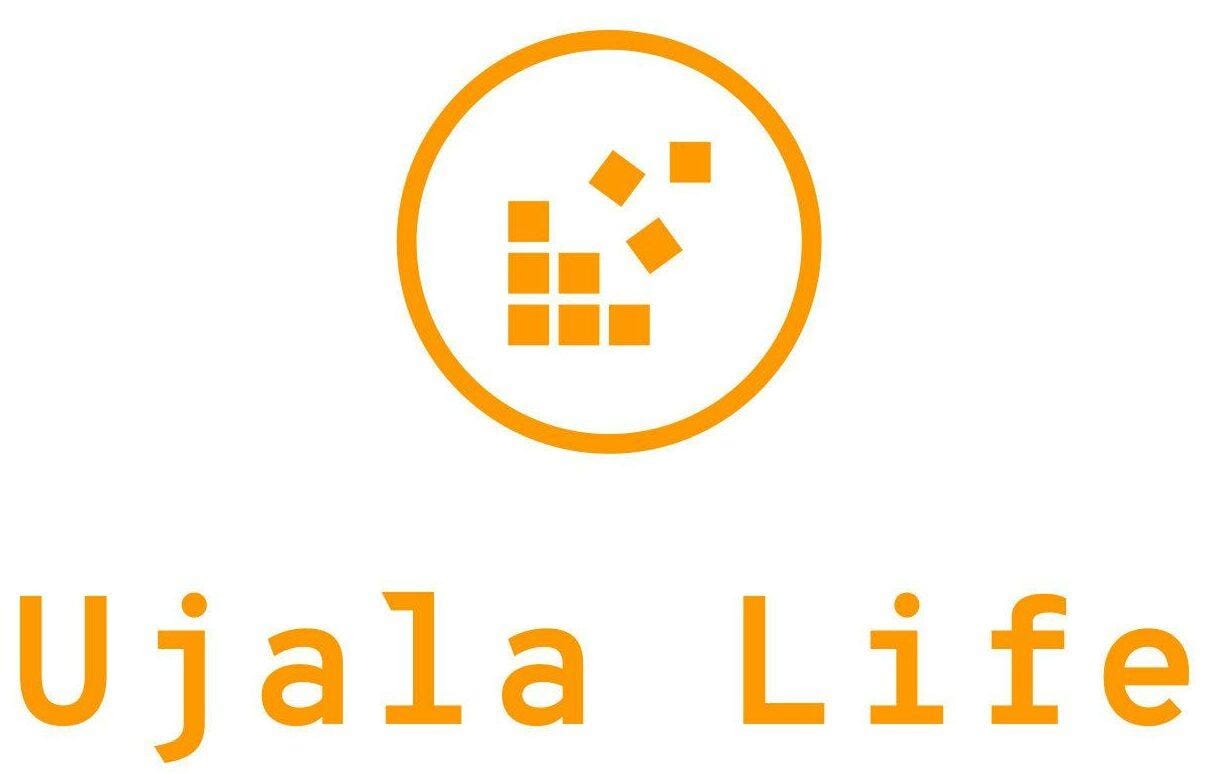ABA Therapy Benefits
ABA Frequently Asked Questions (FAQs)

Applied Behavior Analysis Therapy (ABA) is a scientific approach to understanding behavior and applying interventions that improve socially significant behaviors. It is commonly used for individuals with autism to enhance communication, social skills, and adaptive behaviors by reinforcing positive behaviors and reducing unwanted behaviors.
ABA therapy uses techniques like positive reinforcement, task analysis, and prompting to teach new skills. Goals are personalized based on the individual’s needs and may involve breaking down complex tasks into smaller steps to facilitate learning. Therapists measure progress continuously and adjust strategies as needed.
While ABA therapy is most commonly used for children with autism spectrum disorder (ASD), it can benefit individuals of all ages with developmental disabilities, ADHD, or other behavioral challenges. It helps in developing skills ranging from communication to self-care and can also support positive behavior changes in typical development.
Applied Behavior Analysis therapy (ABA) is widely recognized as a leading therapy for children with autism spectrum disorder, supported by evidence-based research. Both the U.S. Surgeon General and the American Psychological Association endorse ABA as a best-practice treatment. Studies have consistently shown that children with autism who receive intensive ABA therapy early are more likely to be able to integrate with neurotypical peers in academic and social environments.
ABA therapy is widely recognized as an effective treatment for autism spectrum disorder (ASD) by numerous esteemed organizations. These include the U.S. Surgeon General, which has acknowledged ABA’s benefits for improving developmental skills, along with the National Institute of Mental Health, National Institute of Child Health and Human Development, and the National Research Council. Leading professional bodies, such as the American Academy of Pediatrics, American Academy of Child and Adolescent Psychiatry, and American Academy of Neurology, also support ABA. Their endorsement is based on extensive research that demonstrates ABA therapy’s impact on communication, behavior, and social skills for individuals with ASD.
An ABA therapy program is tailored to the individual. It begins with an assessment by a Board-Certified Behavior Analyst (BCBA) who identifies the target behaviors and skills to address. Based on the assessment, the BCBA designs a personalized intervention plan, which is implemented by trained therapists. Goals are regularly reviewed and adjusted according to the individual’s progress.
Look for providers who employ Board-Certified Behavior Analysts (BCBAs) to oversee therapy and ensure that aba therapists have proper training. BCBAs should supervise at least 10% of therapist sessions, ideally in-person. A good provider should offer individualized treatment plans, transparent progress tracking, and regular parent or caregiver training. Ensuring the provider follows ethical guidelines and has a good reputation in the field is also important.
The duration of ABA therapy varies depending on the individual’s needs. Some may benefit from intensive programs that last several hours a week for multiple years, while others may only need a few sessions. Progress is typically assessed regularly to determine the appropriate duration of therapy.
Yes, ABA is often used in conjunction with other therapies such as speech therapy, occupational therapy, or physical therapy. This multidisciplinary approach can help address various developmental needs holistically, supporting more comprehensive skill development.
Yes, many insurance plans in New Jersey cover ABA therapy, especially under the state’s autism insurance mandate. New Jersey law requires certain insurance providers to cover medically necessary treatments for autism, including ABA therapy. However, coverage can vary depending on your specific plan and provider. It’s important to review your insurance policy or contact your provider directly to understand what services are covered, any pre-authorization requirements, and potential out-of-pocket costs. Additionally, some families may qualify for assistance through state programs like New Jersey’s PerformCare.
While ABA is widely accepted, some criticize it for being too rigid or for focusing on compliance over autonomy. Modern ABA practices emphasize individualized, compassionate approaches that prioritize the individual’s preferences and avoid coercive techniques. It is important to choose a provider who adheres to these updated practices.
We love questions so much we save them here in our ABA FAQs!
We may have your questions about Applied Behavior Analysis already answered below, but if we don’t, please ask away! We are happy to help.

